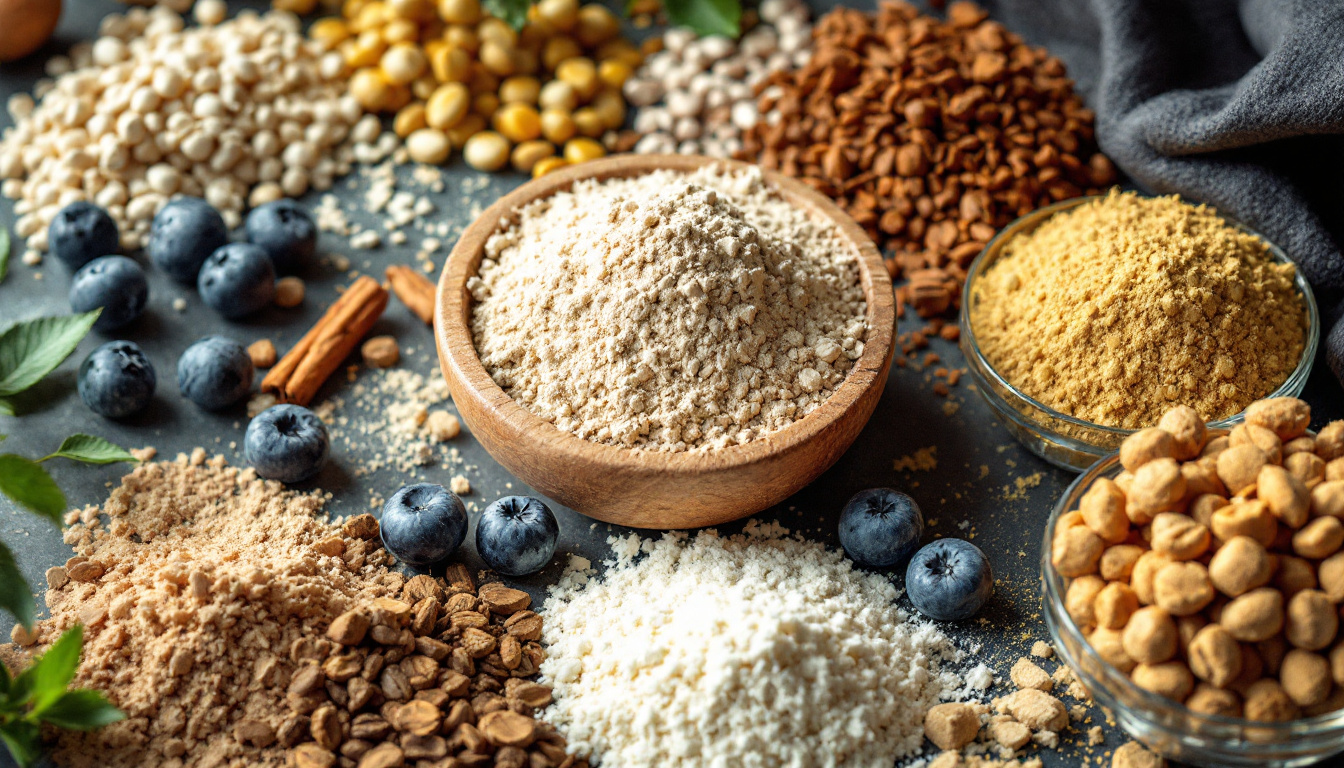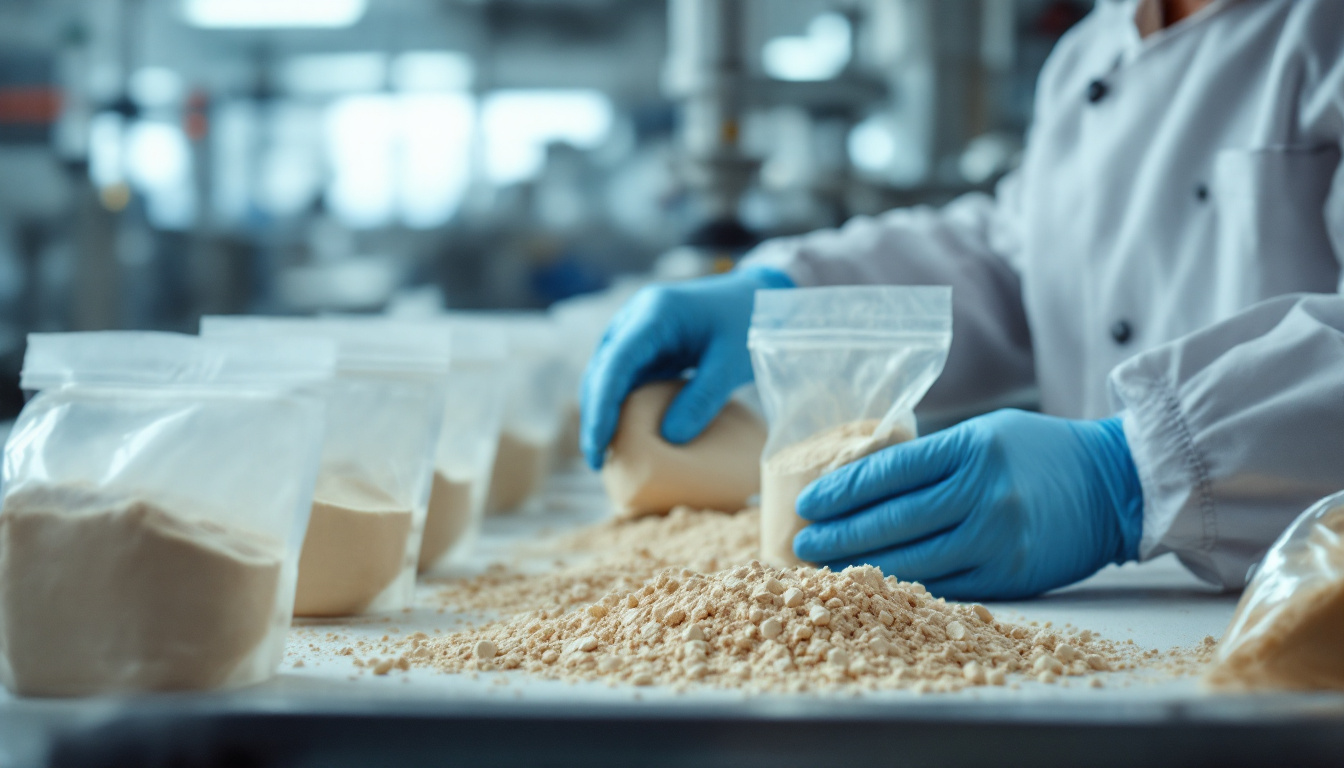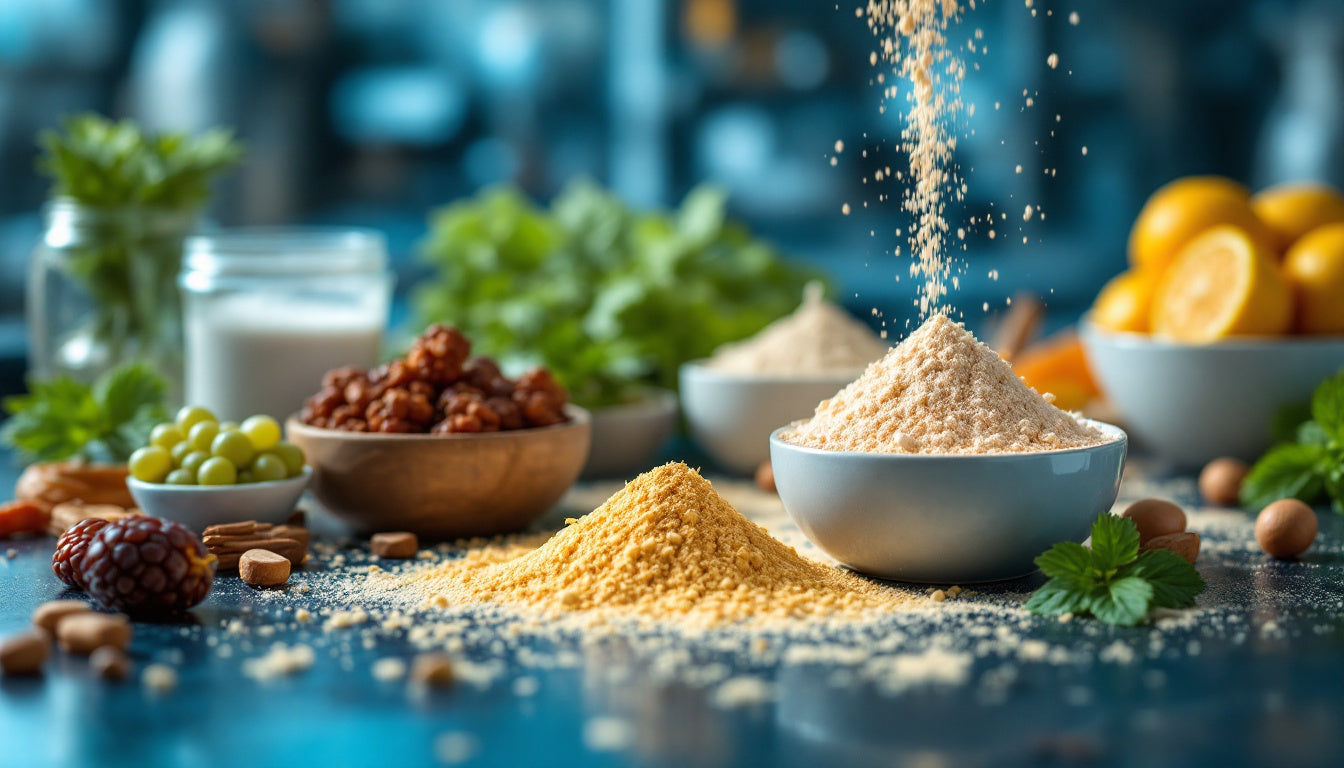When you think of protein powder, you might picture those ubiquitous tubs lining the shelves of health stores, promising muscle growth and recovery. But have you ever wondered how this popular supplement is actually made? The process is more intricate than you might expect, involving a blend of science, technology, and nutrition.
The Basics of Protein Powder Production
Protein powder production begins with the selection of raw materials. These can range from dairy sources like whey and casein to plant-based options such as soy, pea, and hemp. Each source offers unique benefits and nutritional profiles, catering to diverse dietary needs and preferences.

Raw Material Selection
The choice of raw material is crucial, as it determines the protein content, digestibility, and flavor of the final product. Dairy proteins, for instance, are renowned for their complete amino acid profiles, making them a favorite among athletes. Plant-based proteins, on the other hand, appeal to vegans and those with lactose intolerance.
Once the raw materials are selected, they undergo rigorous testing to ensure they meet quality standards. This step is vital to guarantee the safety and efficacy of the protein powder.
Processing Techniques
After selection, the raw materials are processed to extract the protein. This involves several techniques, including filtration, concentration, and drying. Filtration is often used to separate protein from fats and carbohydrates, resulting in a purer product.
Concentration further refines the protein content, while drying transforms the liquid protein into a powder form. This is typically achieved through spray drying, a method that preserves the nutritional integrity of the protein.
Understanding the Science Behind Protein Extraction
Quick science lesson: The extraction of protein from raw materials is a complex process that involves breaking down the material to isolate the protein molecules. This is achieved through a combination of mechanical and chemical methods, each designed to maximize yield and purity.
Mechanical Methods
Mechanical methods, such as centrifugation and ultrafiltration, are employed to separate protein from other components. These techniques rely on physical forces to isolate protein molecules, ensuring minimal loss of nutritional value.
Centrifugation, for example, uses high-speed spinning to separate protein from fats and carbohydrates, while ultrafiltration employs membranes to filter out impurities.
Chemical Methods
Chemical methods, on the other hand, involve the use of enzymes and acids to break down the raw material. This process, known as hydrolysis, enhances the digestibility of the protein, making it more accessible to the body.
Hydrolysis is particularly beneficial for individuals with digestive issues, as it pre-digests the protein, reducing the strain on the digestive system.
The Role of Flavoring and Additives
Once the protein is extracted and dried, flavoring and additives are introduced to enhance the taste and nutritional profile of the powder. This step is crucial, as it determines the palatability and marketability of the product.
Flavoring Agents
Flavoring agents, such as cocoa, vanilla, and fruit extracts, are added to mask the natural taste of the protein, which can be unappealing to some. These agents are carefully selected to complement the protein source and provide a pleasant taste experience.
In addition to flavoring, sweeteners like stevia and sucralose are often used to enhance the sweetness of the powder without adding extra calories.
Nutritional Additives
Nutritional additives, such as vitamins, minerals, and amino acids, are also incorporated to boost the health benefits of the protein powder. These additives are tailored to meet specific dietary needs, such as muscle recovery, weight management, or immune support.
For instance, branched-chain amino acids (BCAAs) are commonly added to support muscle growth and repair, while probiotics may be included to promote gut health.
Packaging and Quality Control
The final step in protein powder production is packaging and quality control. This ensures that the product is safe, effective, and ready for consumer use.

Packaging Process
Packaging involves sealing the protein powder in airtight containers to preserve its freshness and prevent contamination. This step is crucial, as exposure to air and moisture can degrade the quality of the protein.
Manufacturers often use tamper-proof seals and labels to provide consumers with confidence in the product's integrity and authenticity.
Quality Assurance
Quality assurance is a critical component of protein powder production. It involves rigorous testing at various stages of the manufacturing process to ensure the product meets safety and quality standards.
These tests include microbiological analysis, nutritional profiling, and sensory evaluation, all designed to guarantee the product's safety, efficacy, and palatability.
Conclusion: The Journey from Raw Material to Finished Product
The production of protein powder is a meticulous process that combines science, technology, and nutrition to create a product that supports health and fitness goals. From raw material selection to packaging, each step is carefully executed to ensure the highest quality product reaches the consumer.
Understanding how protein powder is made not only enhances our appreciation for this popular supplement but also empowers us to make informed choices about the products we consume.
